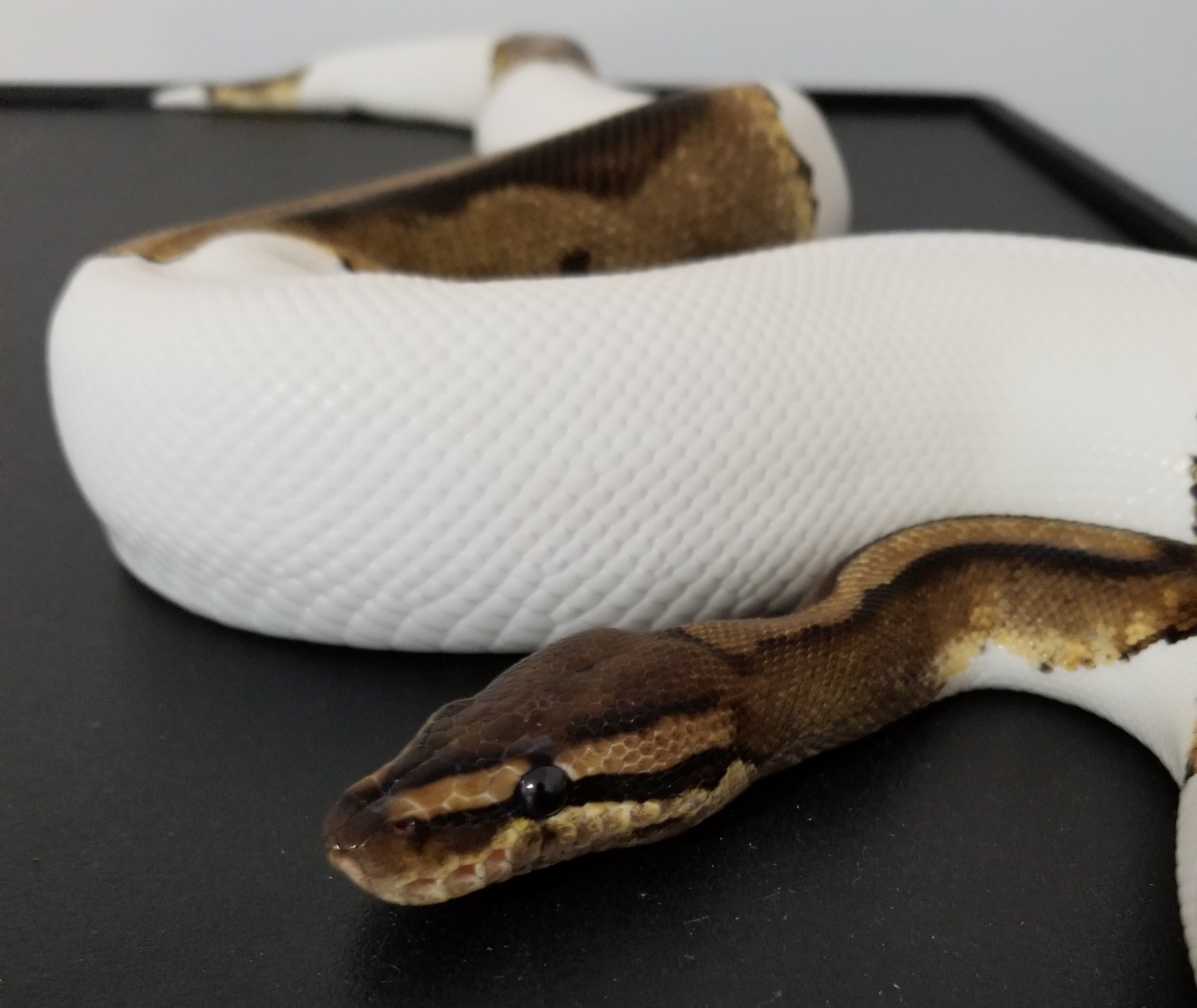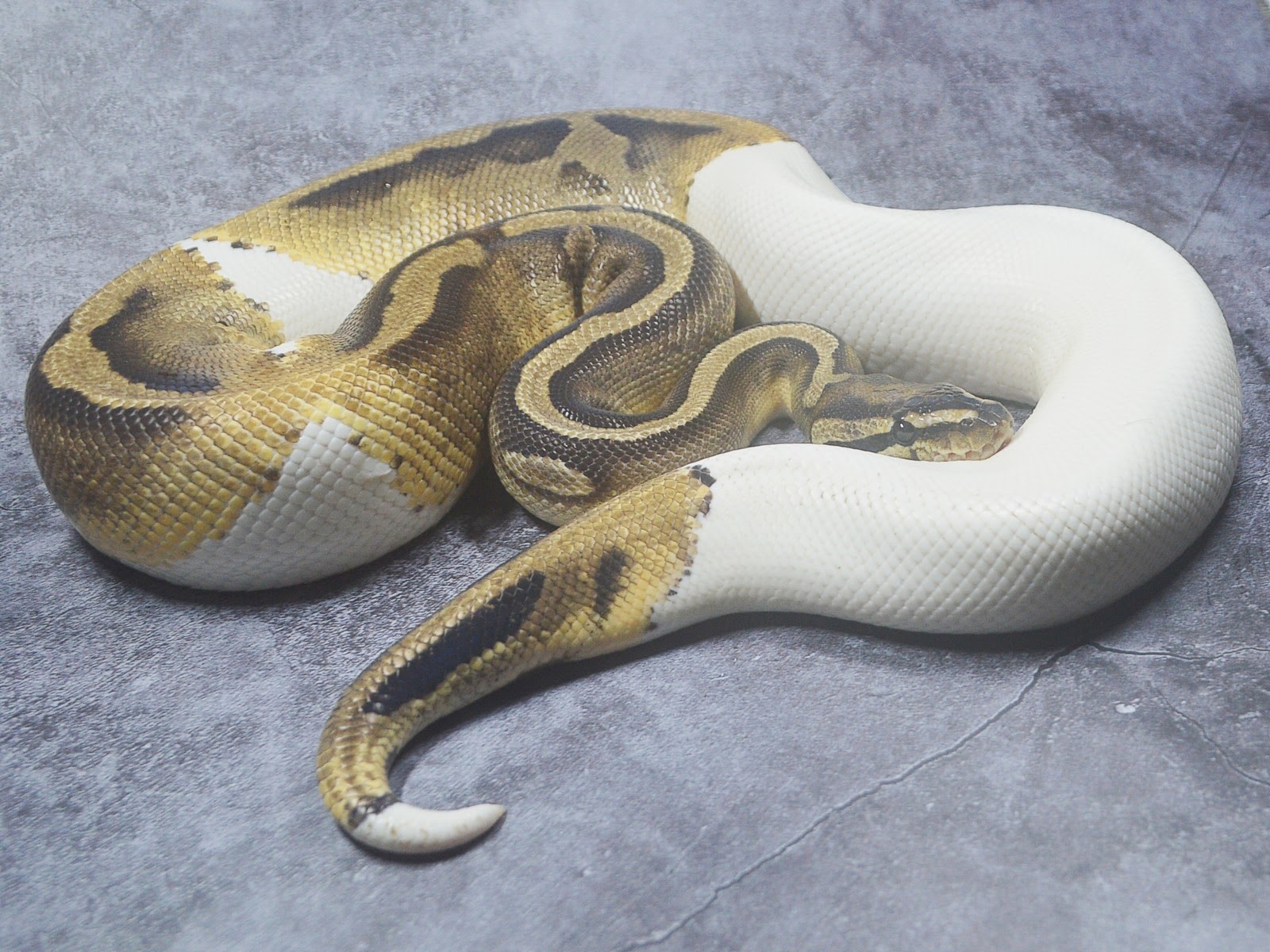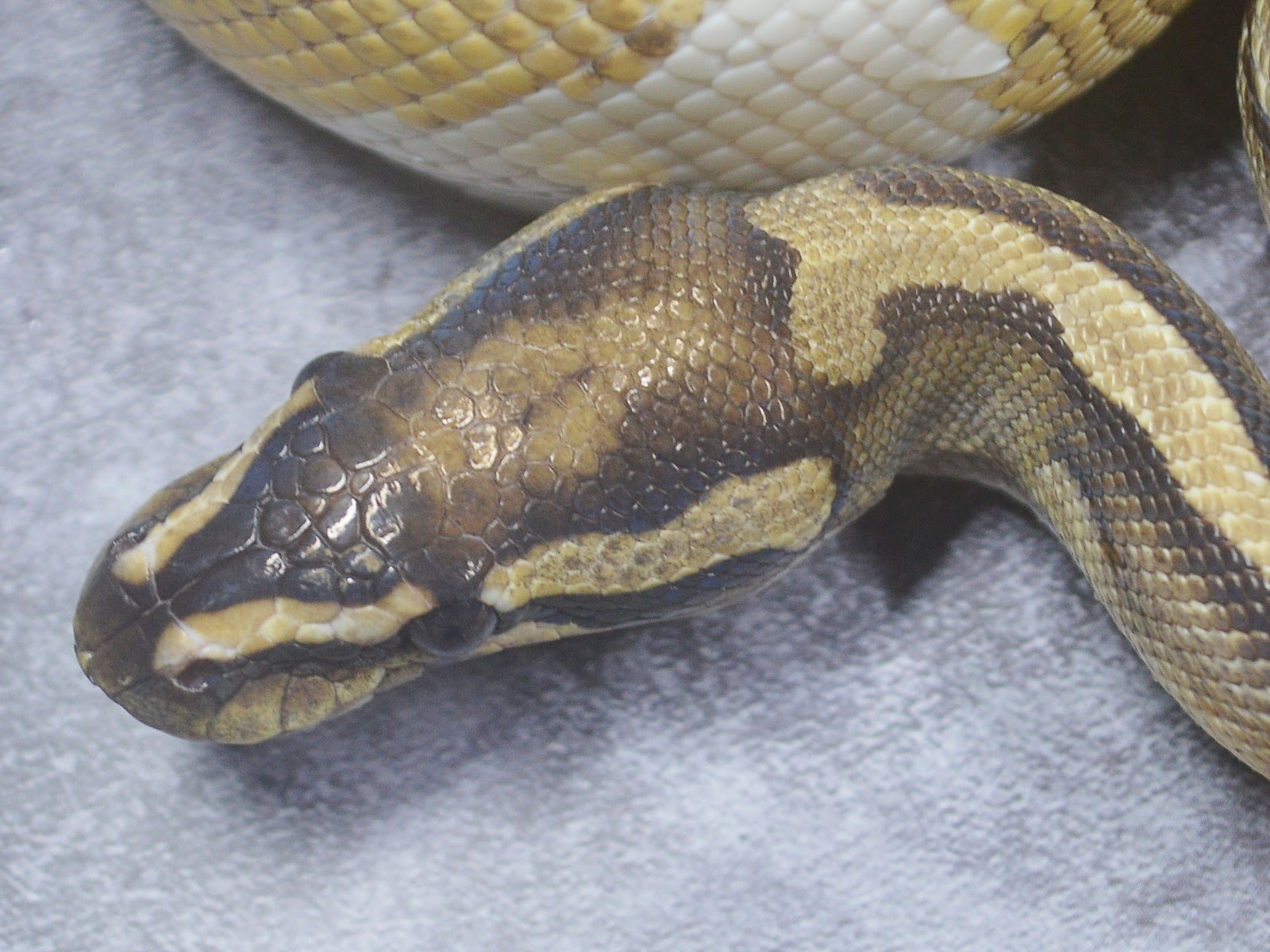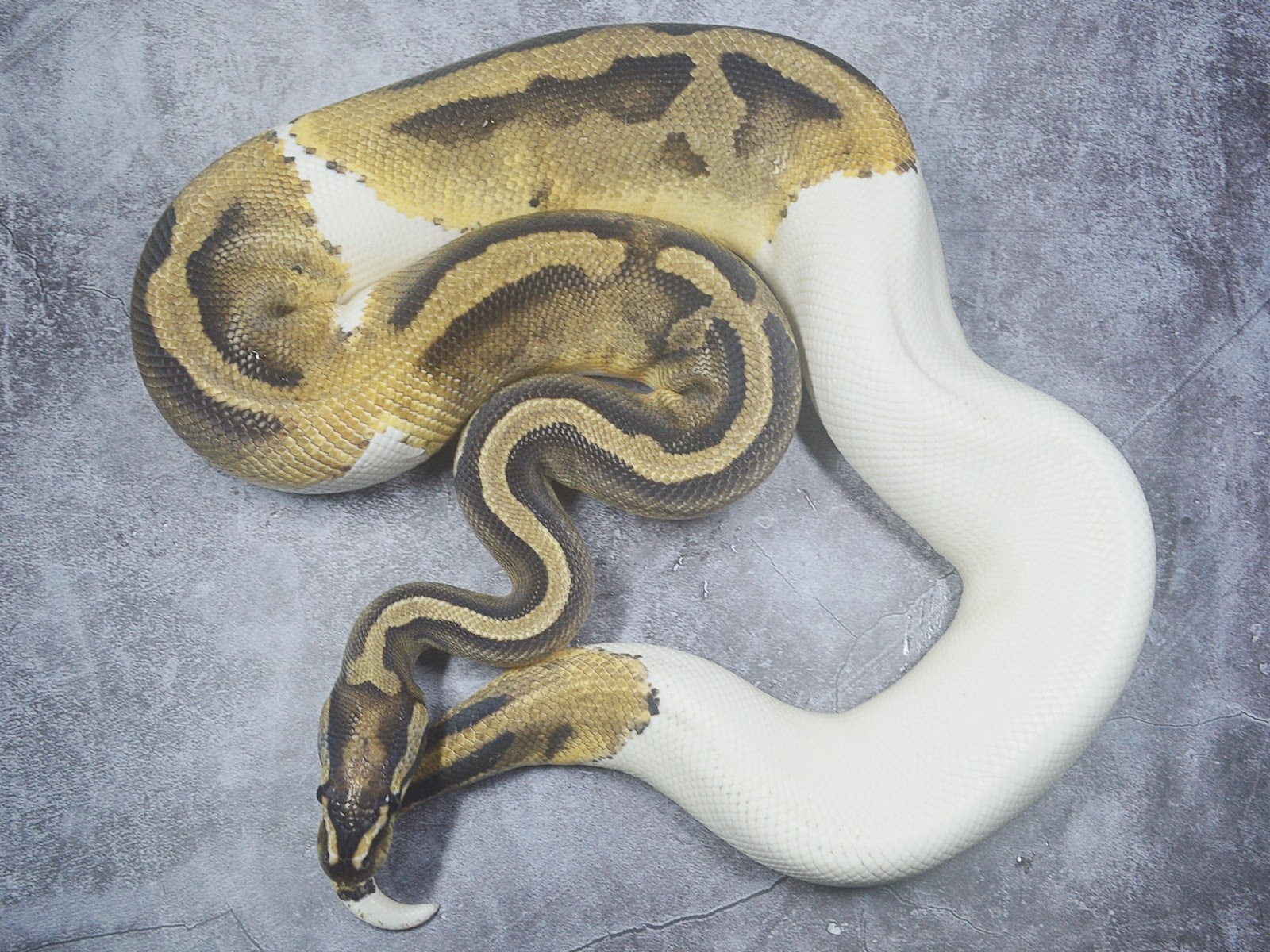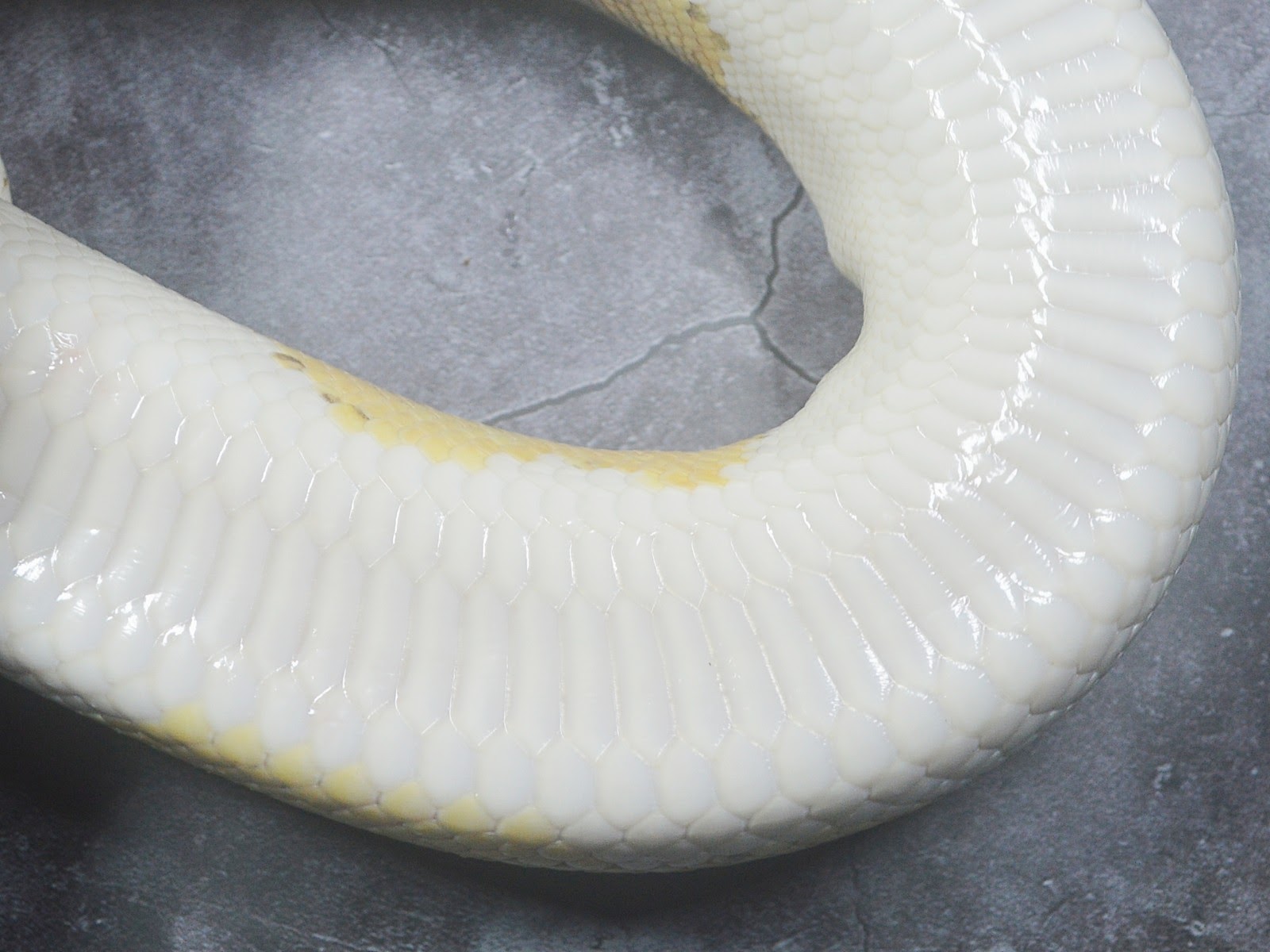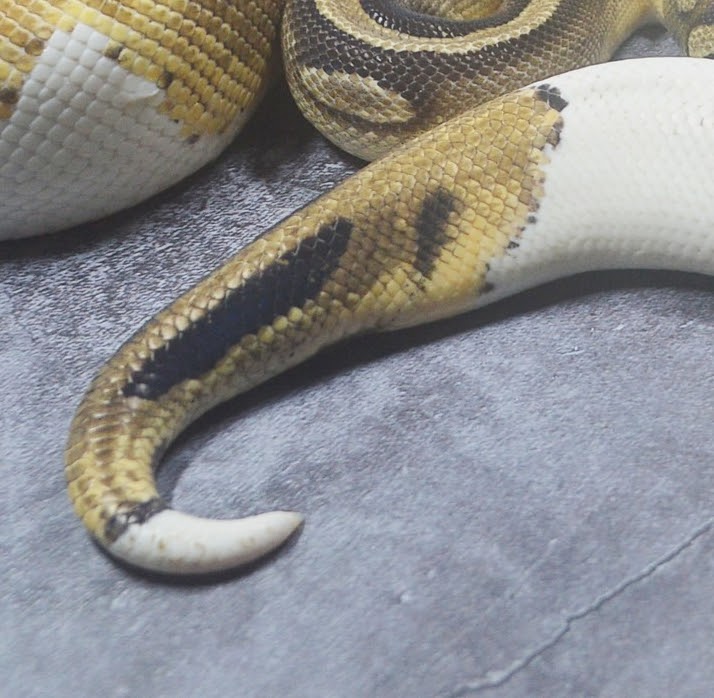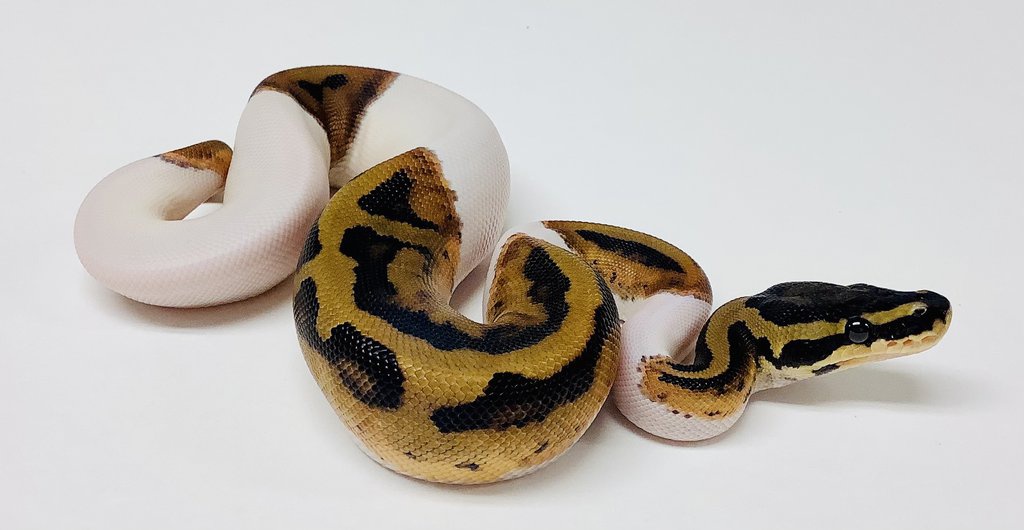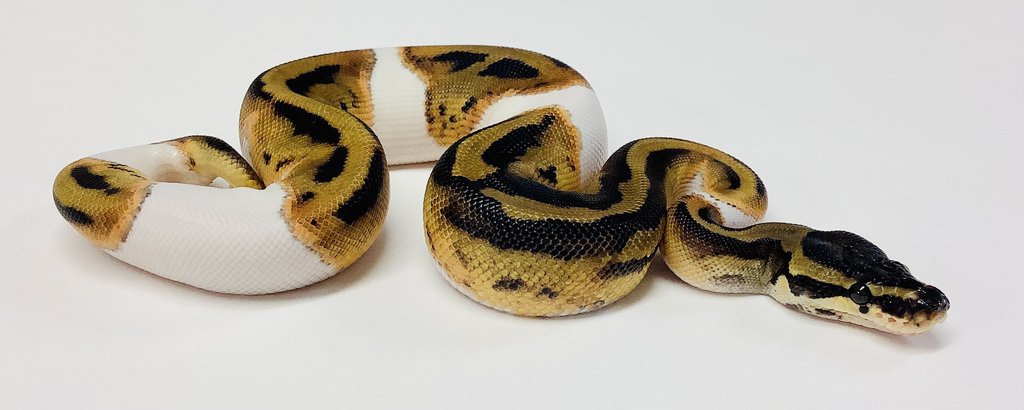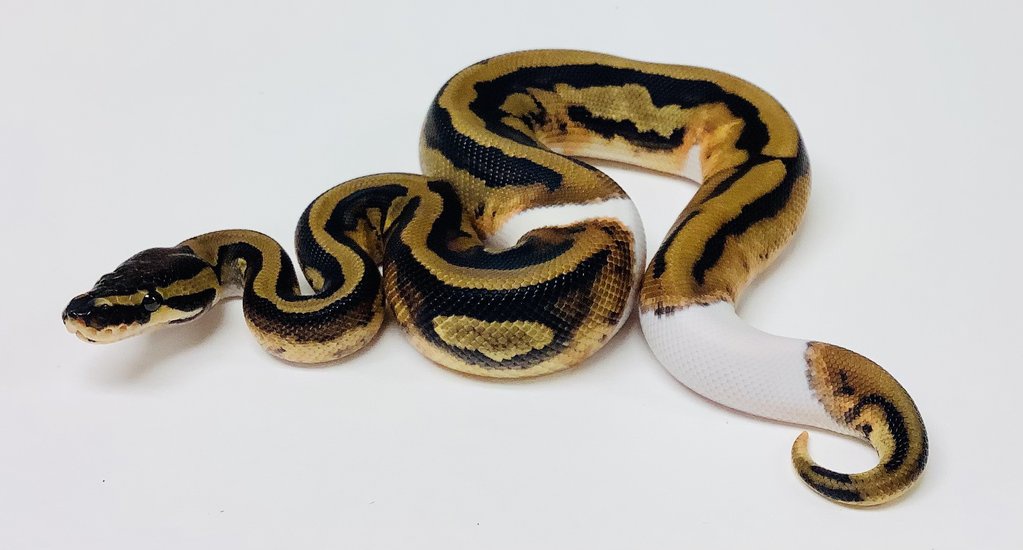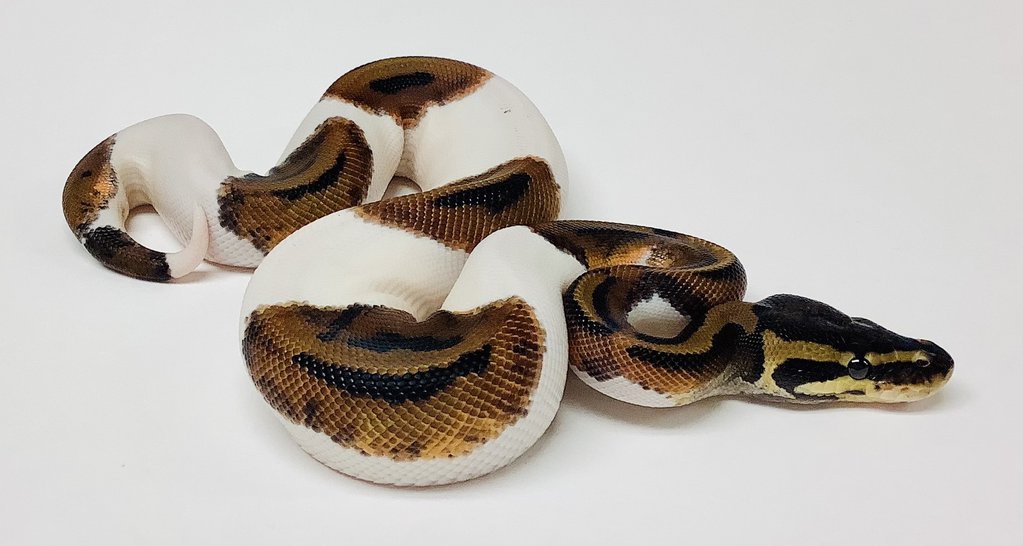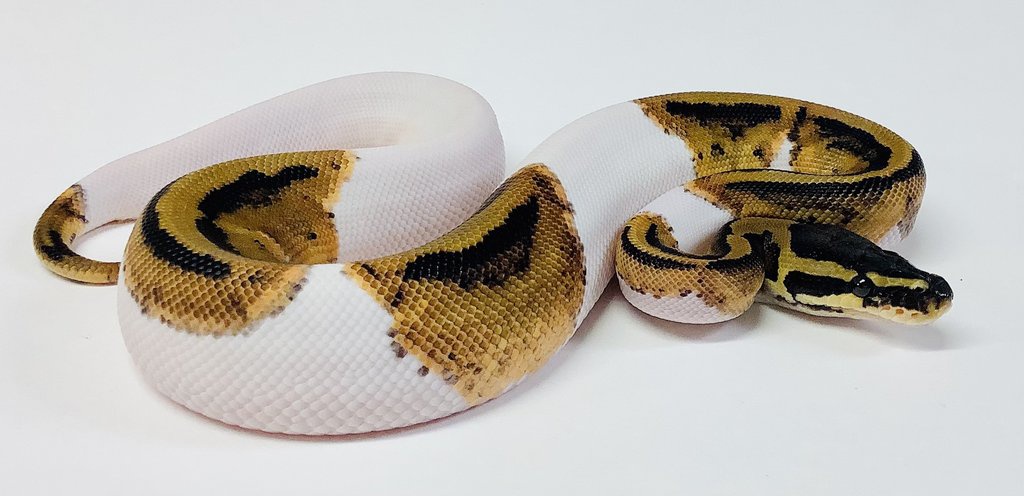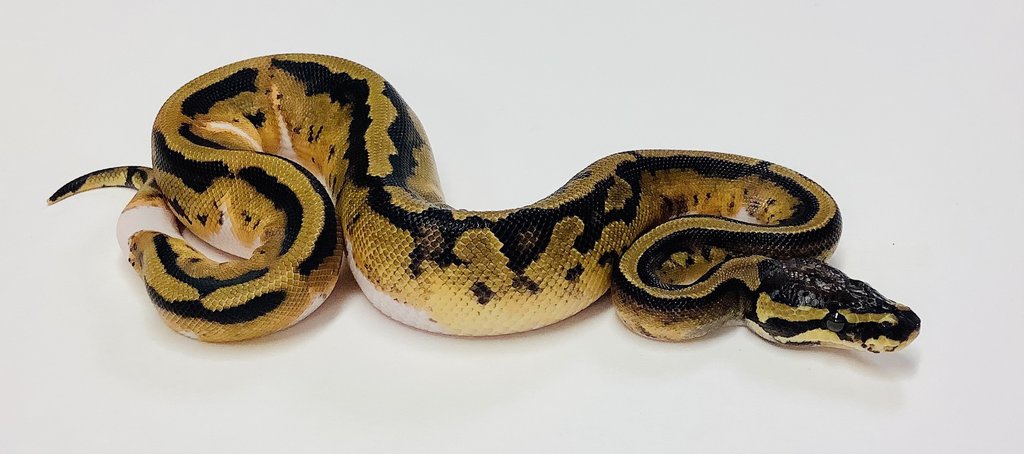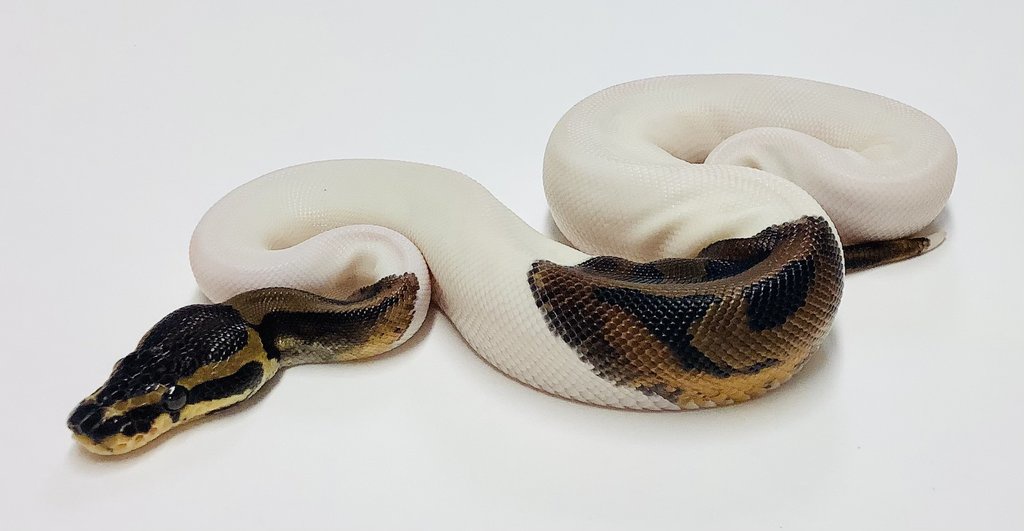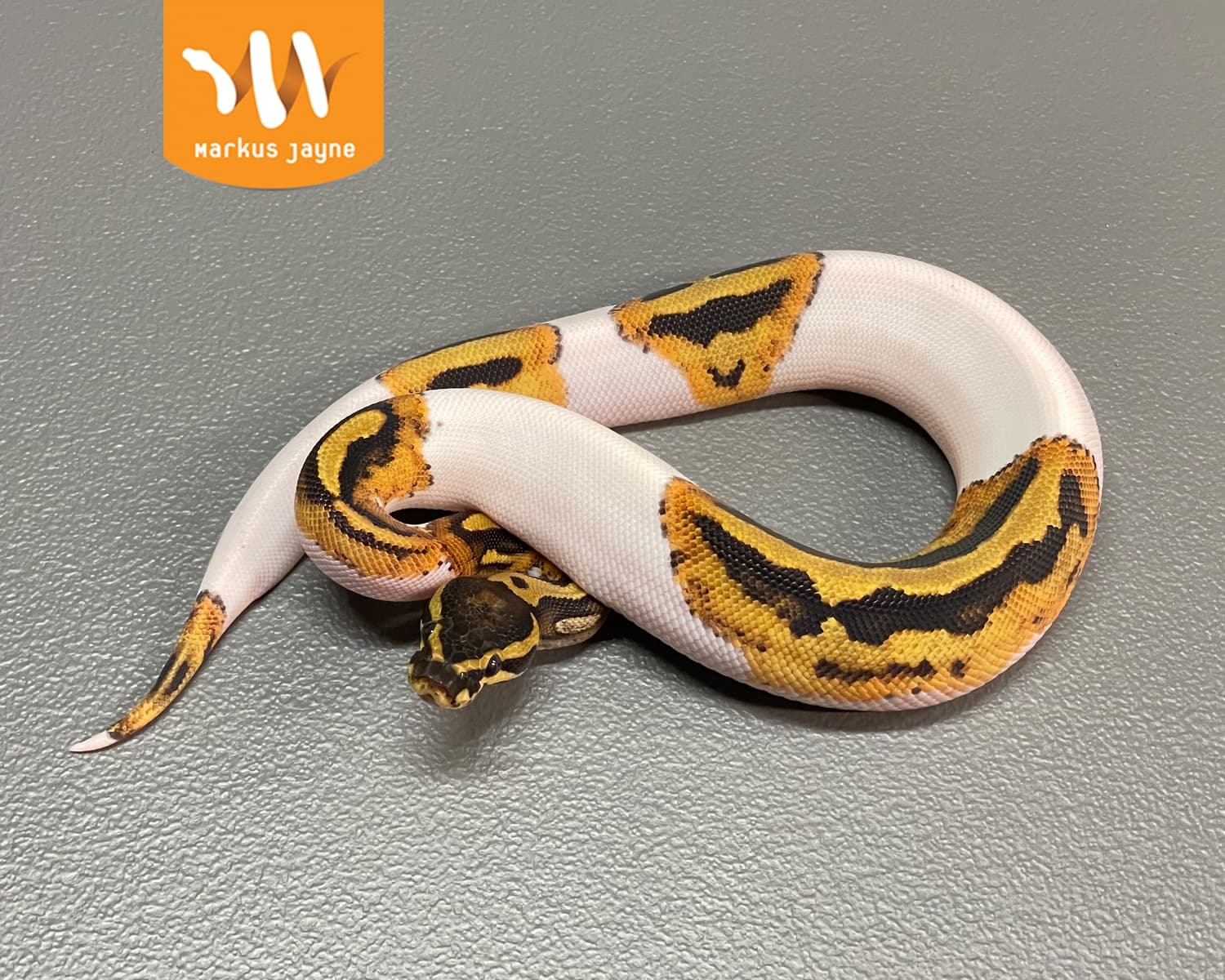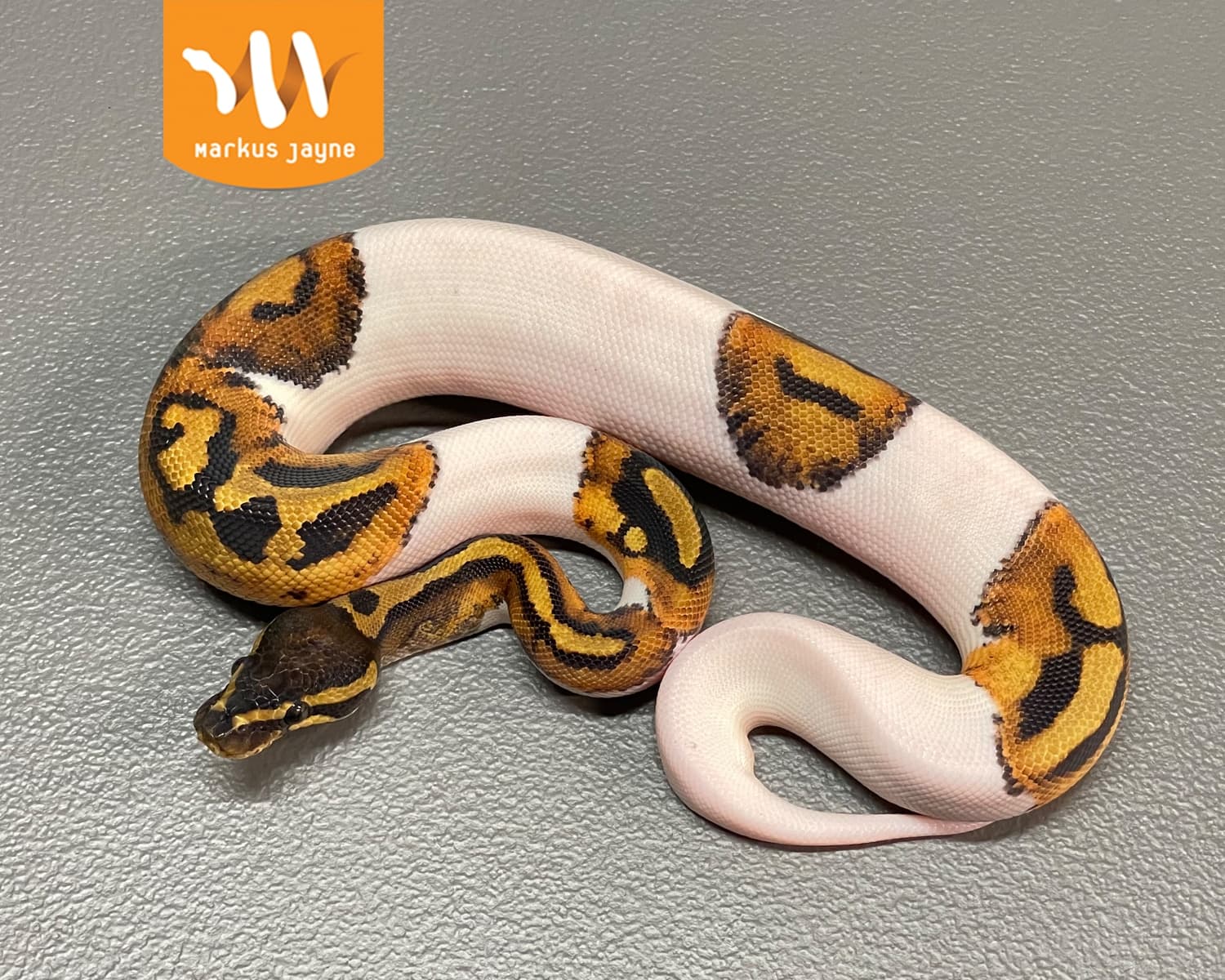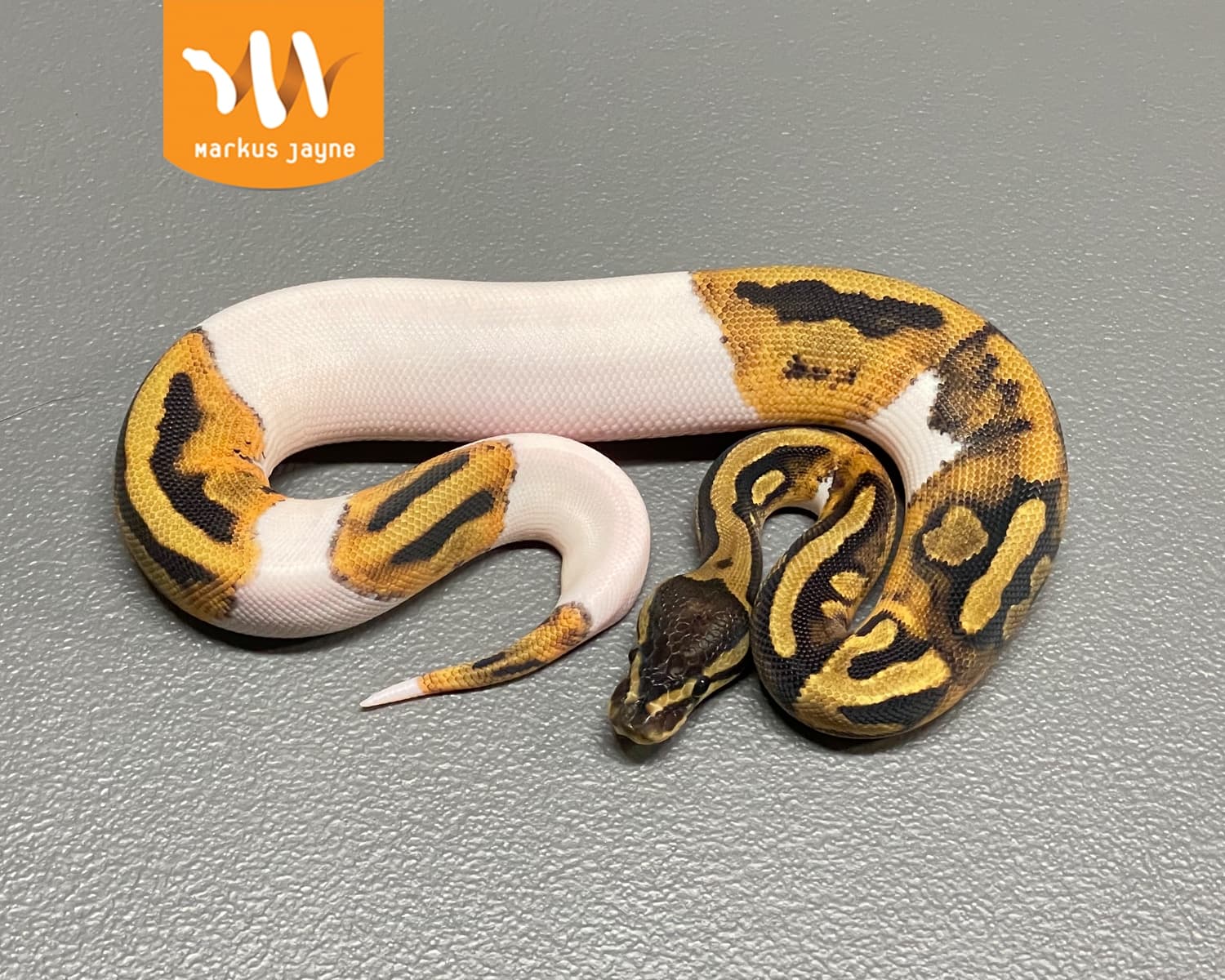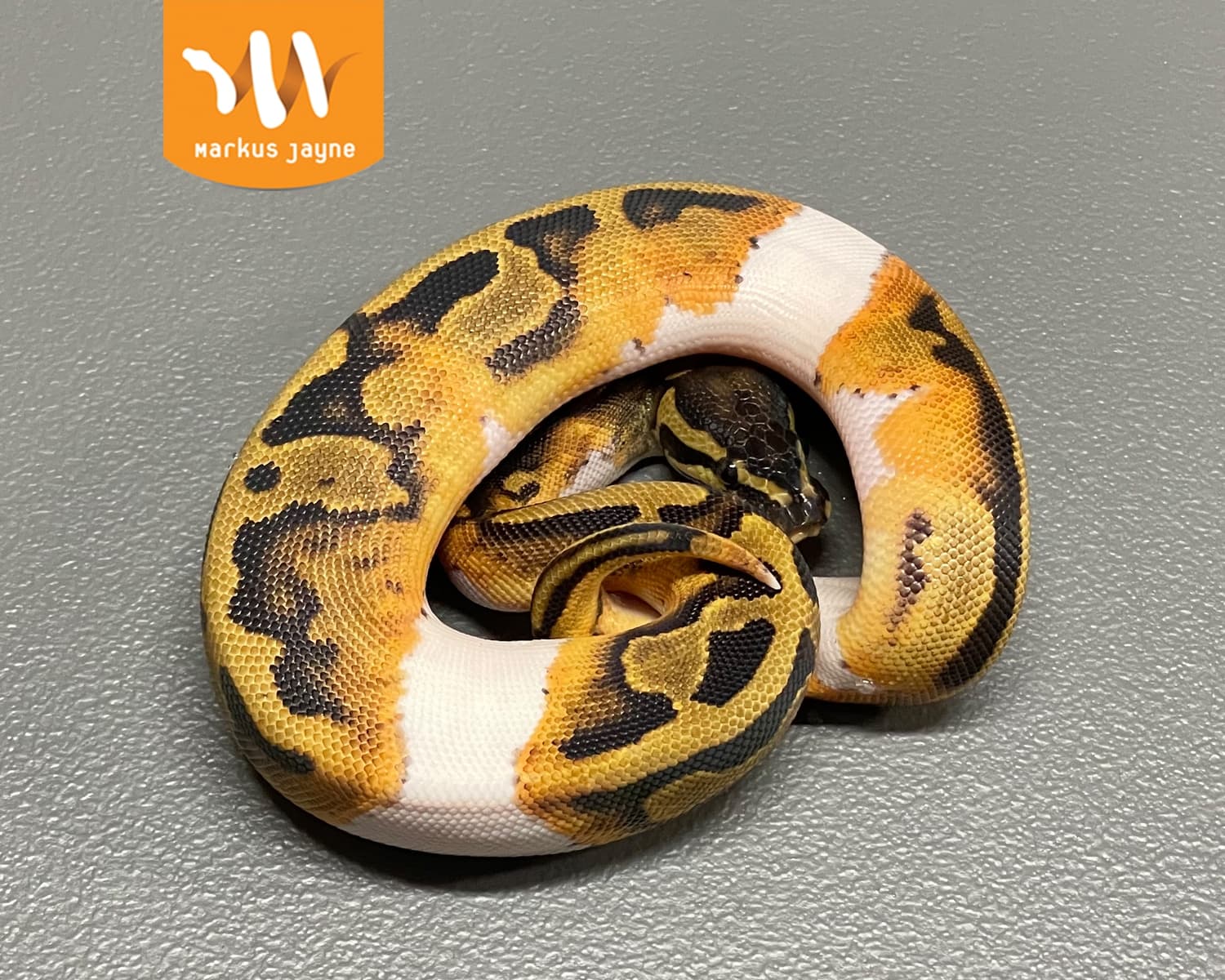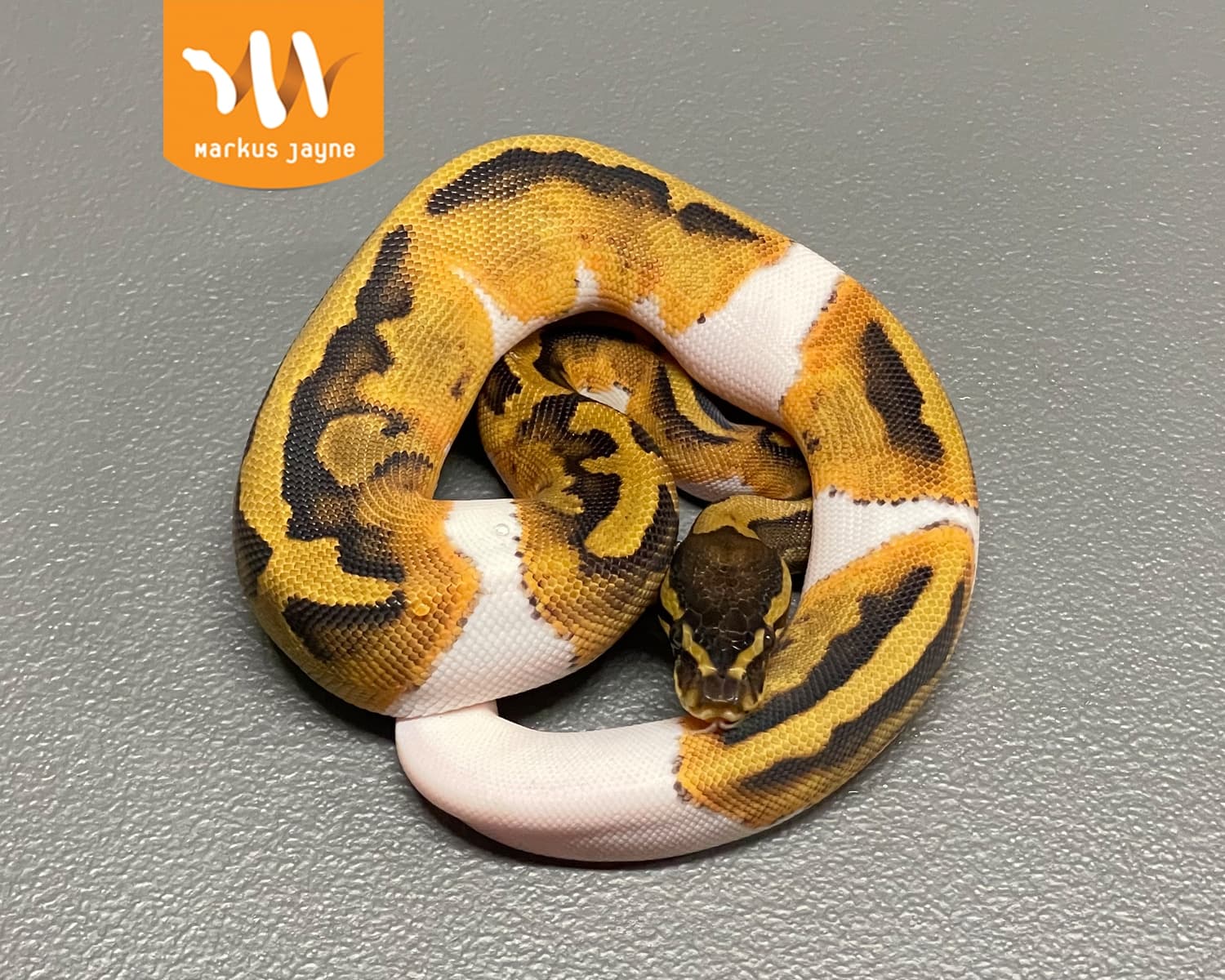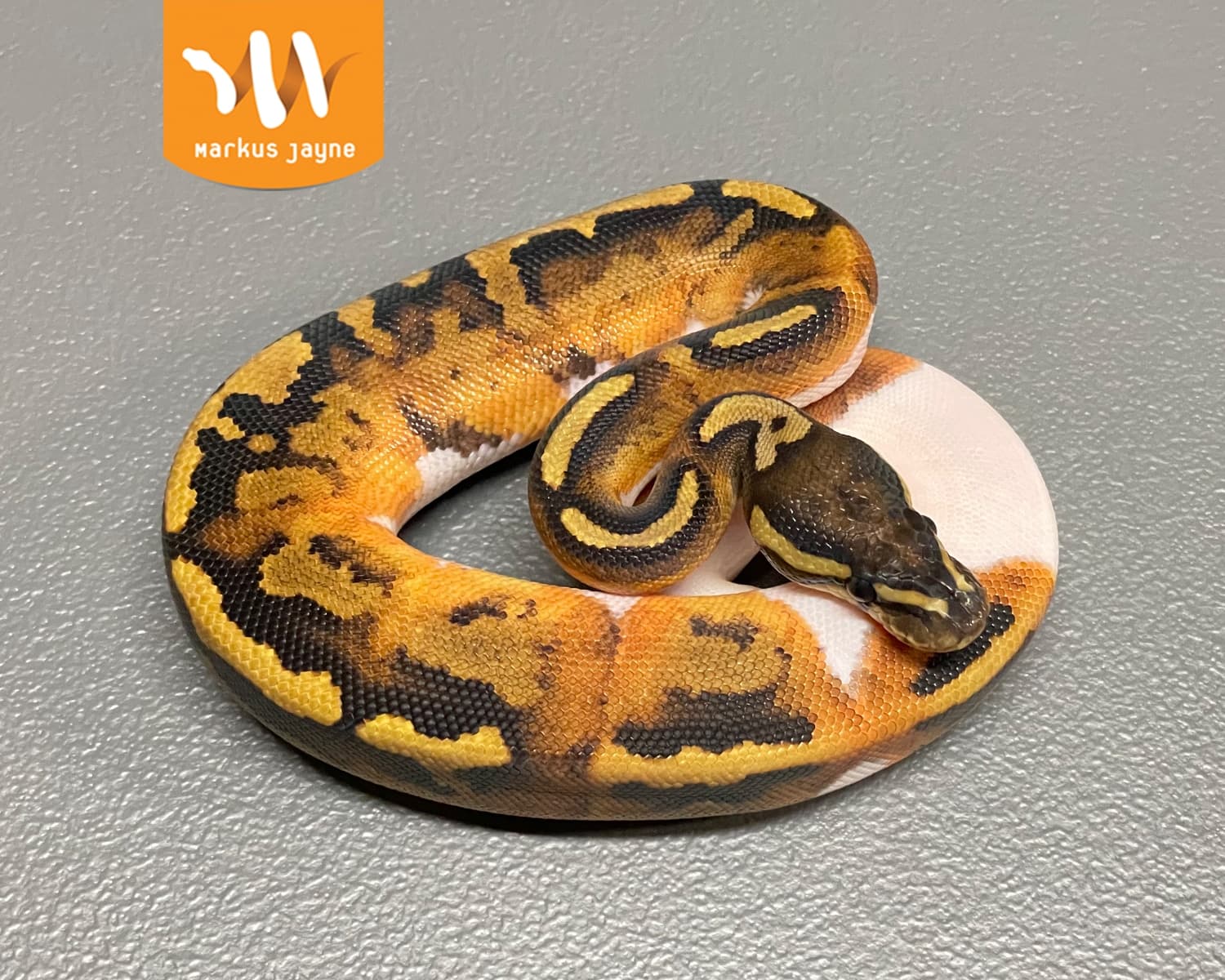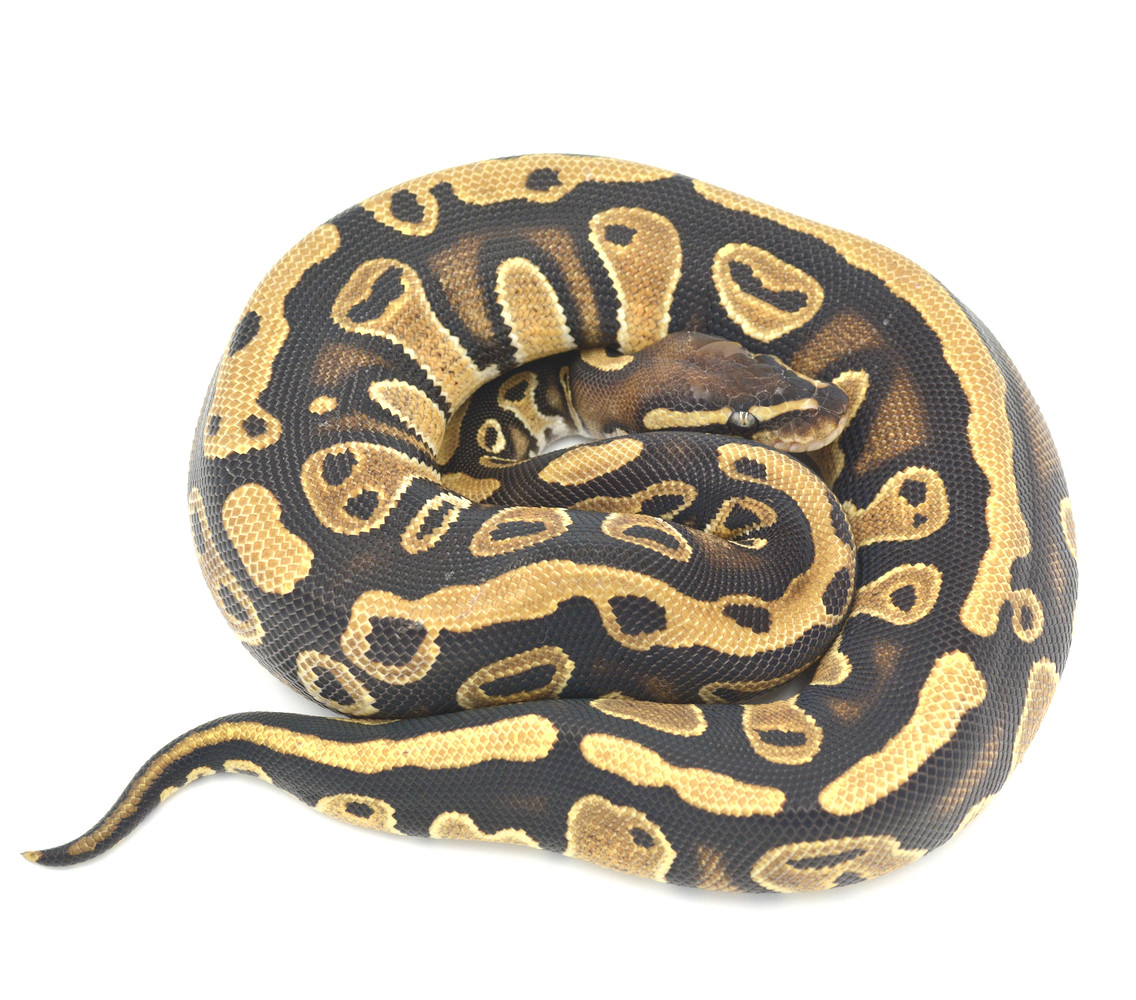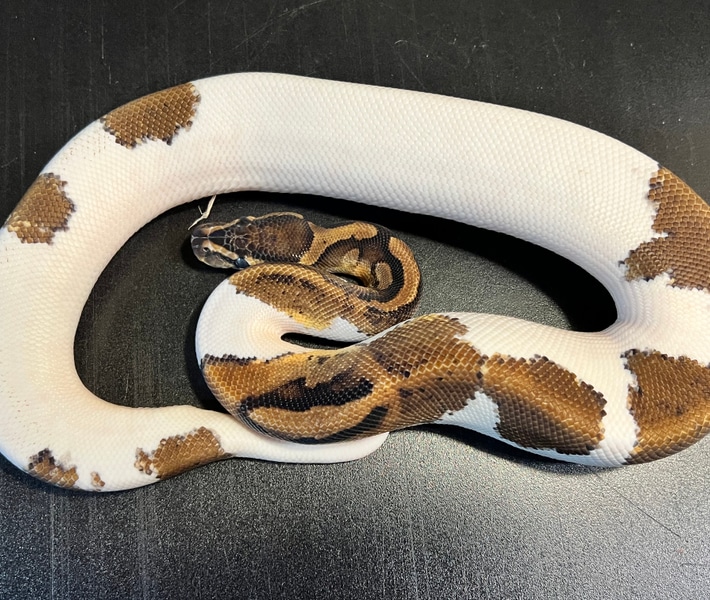Piebald
Type: Recessive
First Produced By: Peter Kahl Reptiles [1]
Aliases: Pied
Issues: Small Eyes in certain Combos.
First Produced In: 1997
Availability: Common
Last Updated: 2023-04-03
Do you have any suggestions or corrections for this article?
Click here to contribute feedback
About
The term “piebald” has its roots in the combination of two words: “pie,” which comes from the name of the bird species known as the magpie, and “bald,” which refers to a patch or spot of white color. This word was coined to describe the striking black-and-white feathers of the magpie. [2]
Snakes, especially ball pythons, may also exhibit varying patches of completely pigmentless scales along with patches of pigmented scales.
Issues
- Lesser Platinum Piebalds tend to have small eyes.
- Super Bamboo Piebalds tend to have small eyes.
- Super Daddy Gene Piebalds tend to have small eyes.
- Super Lesser Piebalds tend to have small eyes.
- Super Mocha Piebalds tend to have small eyes.
- Super Mojave Piebalds tend to have small eyes.
- Super Mystic Piebalds tend to have small eyes.
- Super Phantom Piebalds tend to have small eyes.
- Super Russo Piebalds tend to have small eyes.
- Super Special Piebalds tend to have small eyes.
- Super Disco Piebalds tend to have small eyes.
- Super Fire Piebalds tend to have small eyes.
- Super Flame Piebalds tend to have small eyes.
- Super Lemonback Piebalds tend to have small eyes.
- Super Sulfur Piebalds tend to have small eyes.
- Super Vanilla Piebalds tend to have small eyes.
History
Piebald ball pythons have been observed in the reptile hobby since the early 1980s, when California Zoological Supply imported two ball pythons that exhibited patches of white blotches, resembling the characteristics of piebaldism.
In 1994, Peter Kahl began acquiring ball pythons that displayed similar white-blotched patterns in the hopes of reproducing this mutation, following in the footsteps of Bob Clark, who had successfully bred the Albino ball python two years prior. [3]:
In 1997 Kahl produced the first clutch of five eggs from a pair he had got to breeding size.
Appearance
Head
The head resembles the head of a Normal ball python, usually black or dark brown with stripes on both sides, normally just behind the nostrils. The pattern tends to start in a ‘Y’ shape at the top of the neck. Most piebald ball pythons have patterned heads, though some can be mostly white with just a slight smudge.
Body
The body of the Piebald ball python is one of the most recognisable in the reptile hobby. The sharp contrast between an unrecognisable pattern and bright white scales make “pied” still one of the most powerful genes in many breeders’ collections. Where ‘alien heads’ would be on a normal ball python, blotches and stripes show down the body of the Piebald. The amount of pattern is completely random and can range from completely absent (high white) to covering the snakes whole body (low white).
Belly
The bright white belly of Piebalds are usually free from markings, leaving a smooth glossy row of ventral scales, though some may show spots or smudges.
Tail
Piebald tails can vary from being completely white or full of pattern. Piebalds tend to show most of the pattern higher up the body, with it decreasing towards the tail. Only in rare cases have they been documented to have a completely or near patternless upper body.
Other
Ringers
Ball Pythons sometimes show visual ‘paradoxes’ such as unusually placed markings or blotches of discolored scales. Piebald Ball Pythons seem to have offspring that show this trait more frequently than other morphs in what is referred to as a ‘ringer’, where a ring or patch of scales is different to what it should be, considering our current understanding of their biology. [4]
Spots
On rare instances, some Piebalds can have ‘paradox’ spots, which can be from individual scales to clusters. [5]
Related Traits
Combos
- Dreamsicle (Lavender Albino Piebald)
- Killer Pied (Super Pastel Piebald)
- Leopard Pied (Leopard Piebald)
- Lightning Pied (Axanthic (MJ) Piebald)
- Panda Pied (Super Black Pastel Piebald)
- Pinto Pied (Russo Piebald)
- Pumpkin Pied (Yellow Belly Piebald)
- Pyro Pied (Fire Piebald)
- Spied (Spider Piebald)
- Uranium Blast (Super Enchi Pastel Pinstripe Piebald)
- Urban Camo (Sandblast 100% Het Piebald)
- White Panda (Super Cinnamon Piebald)
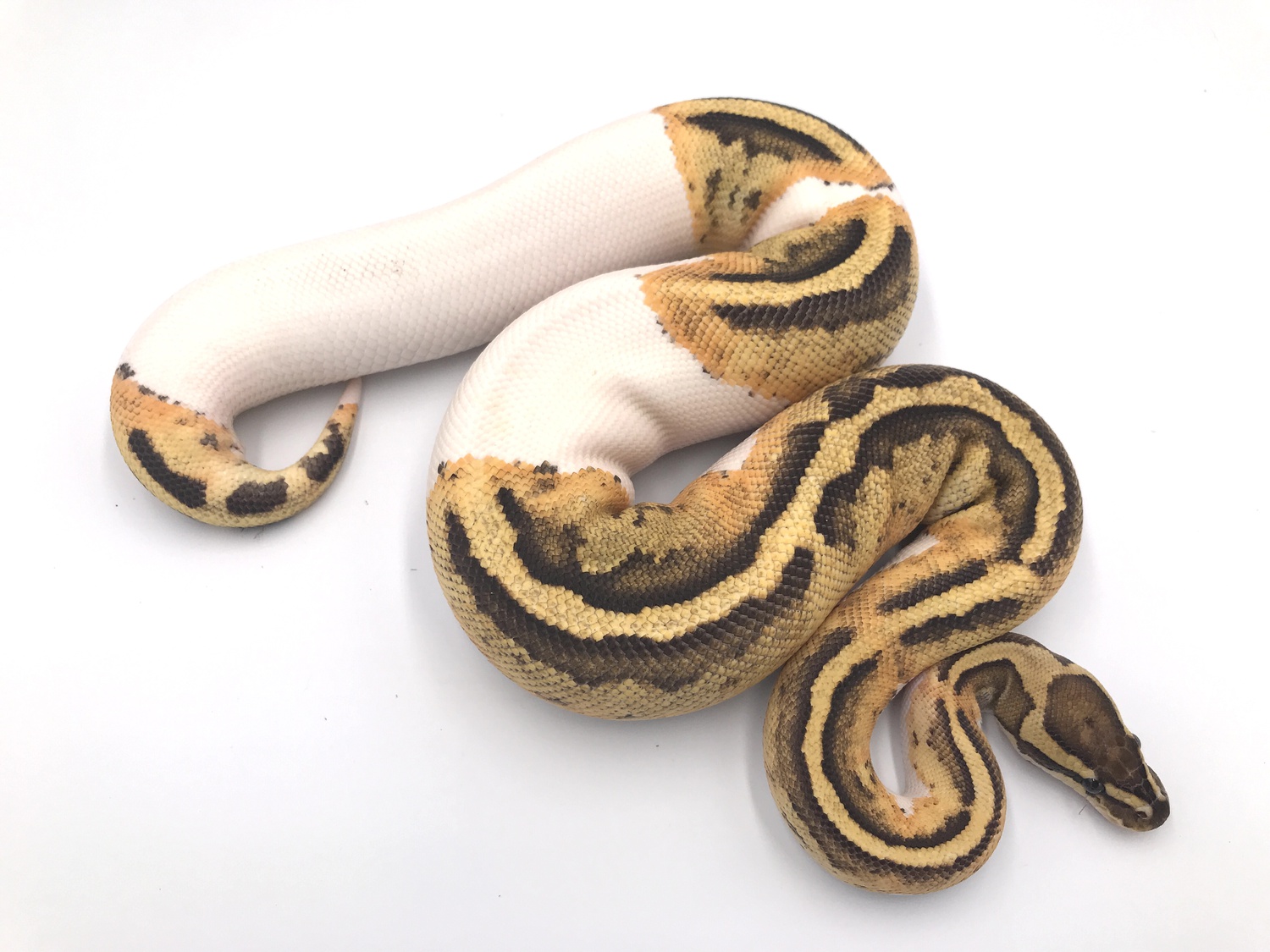
Wrecking Ball Pied Ball Python by Wreck room snakes
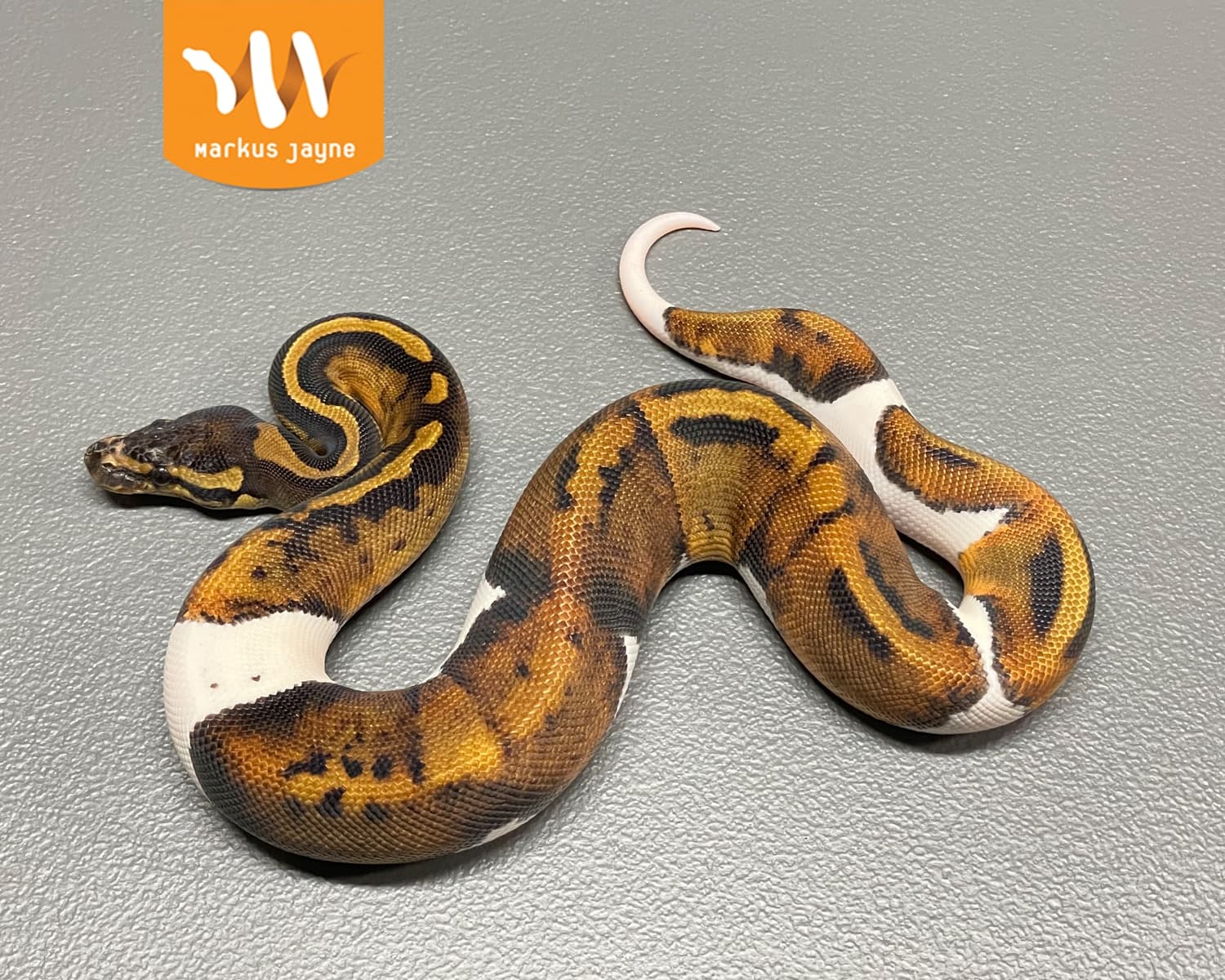
Piebald Java 66 Het Lavender Ball Python by Markus Jayne Ball Pythons
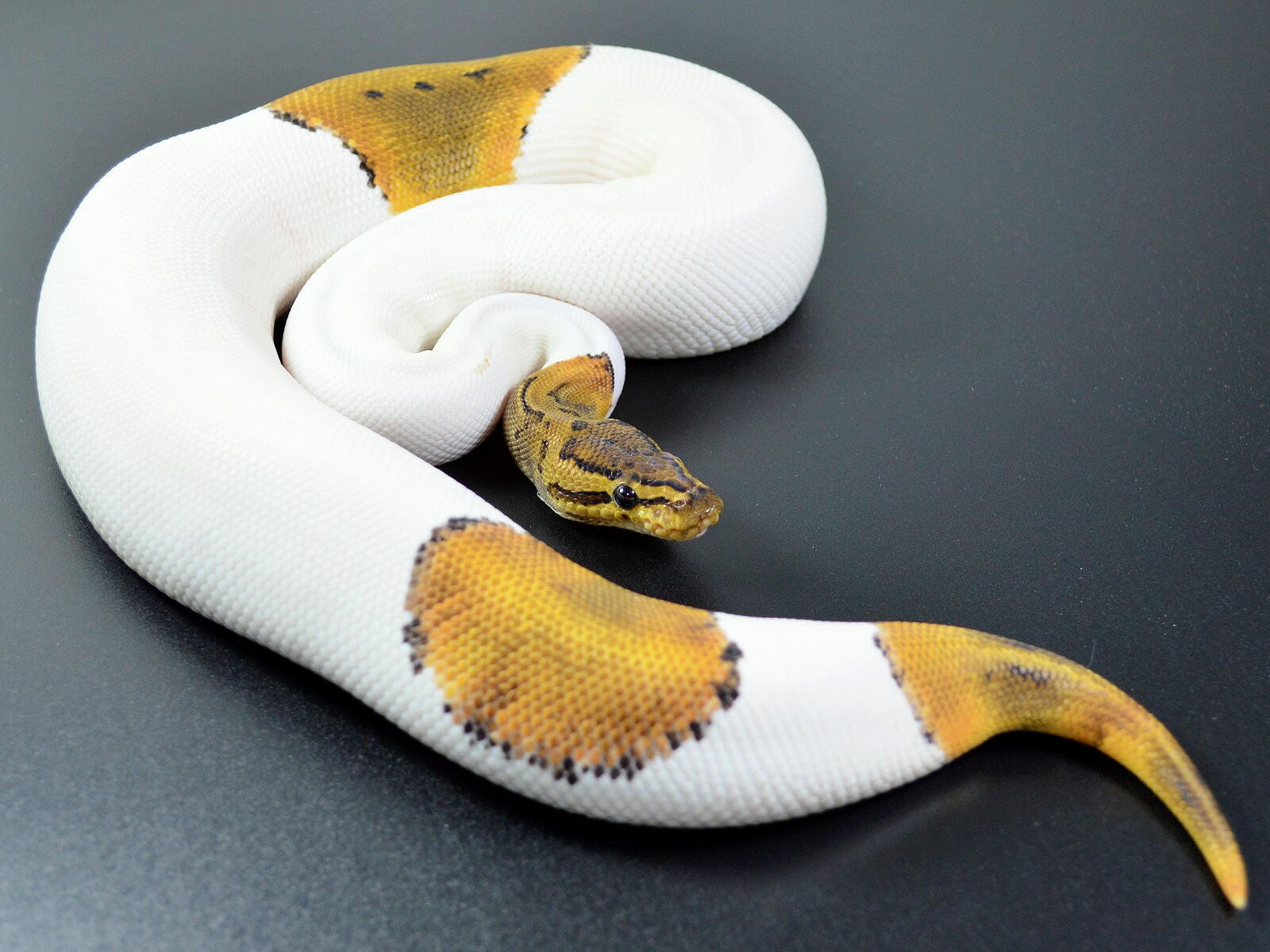
Pinstripe Pied By Deborah Stewart
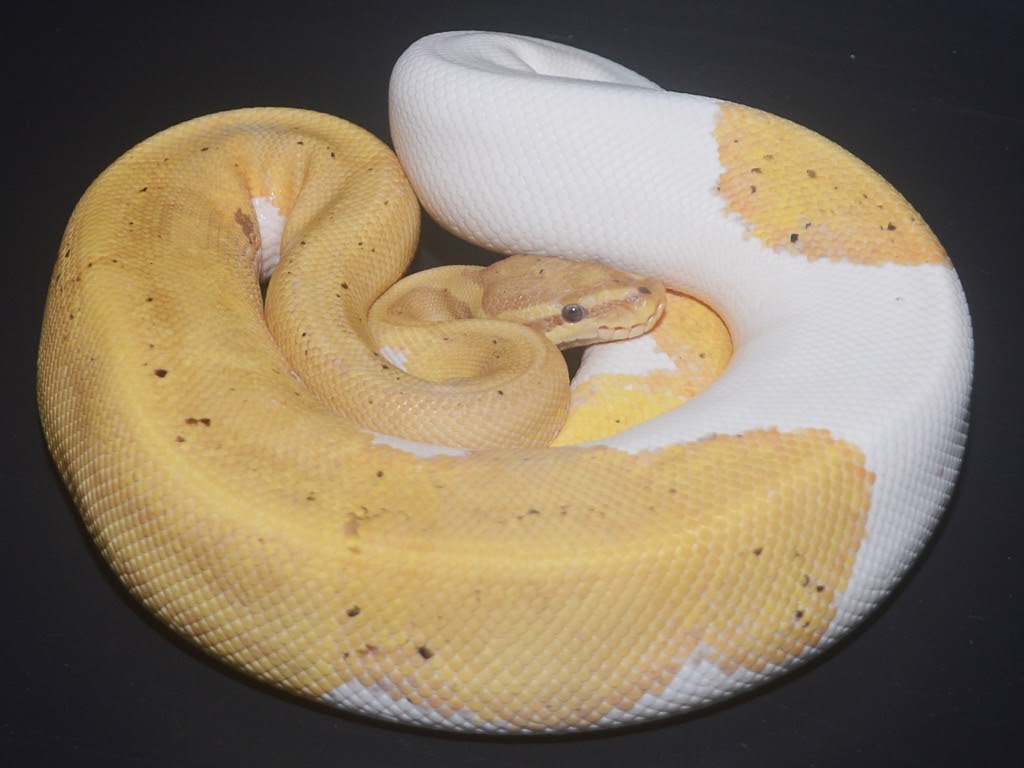
Banana Pied By Deborah Stewart
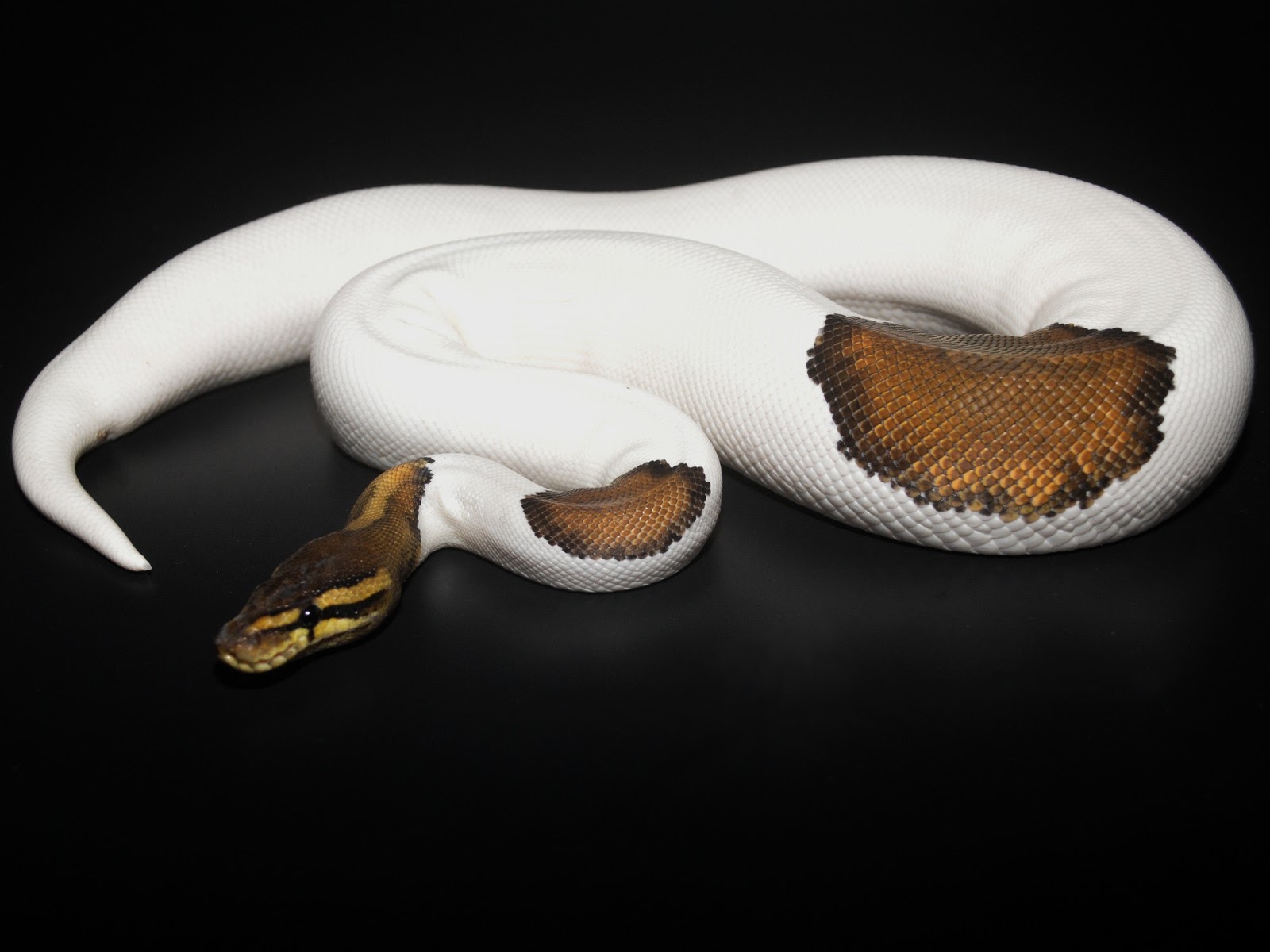
Black Pastel Pied By Deborah Stewart
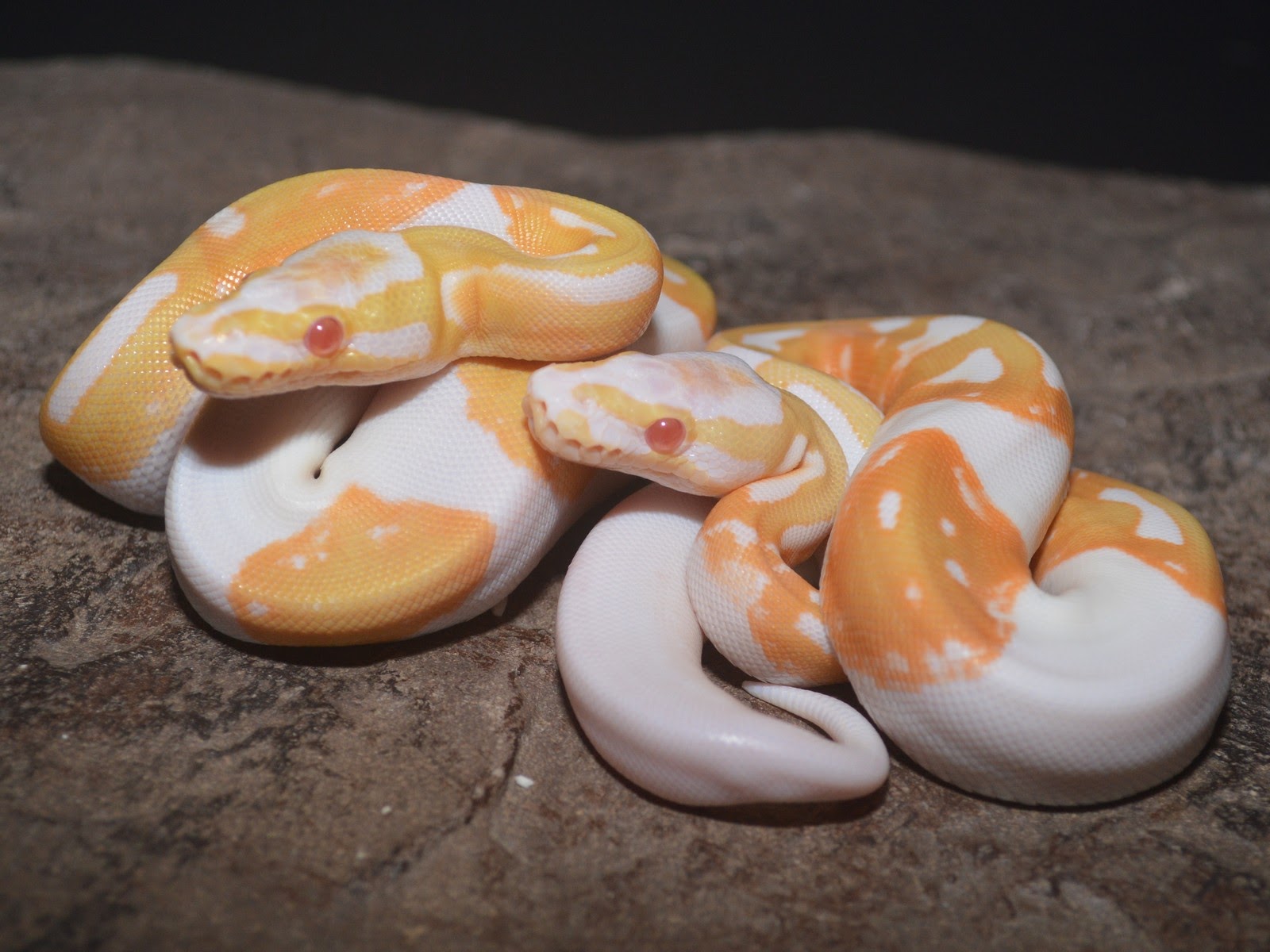
Albino Pied By Deborah Stewart
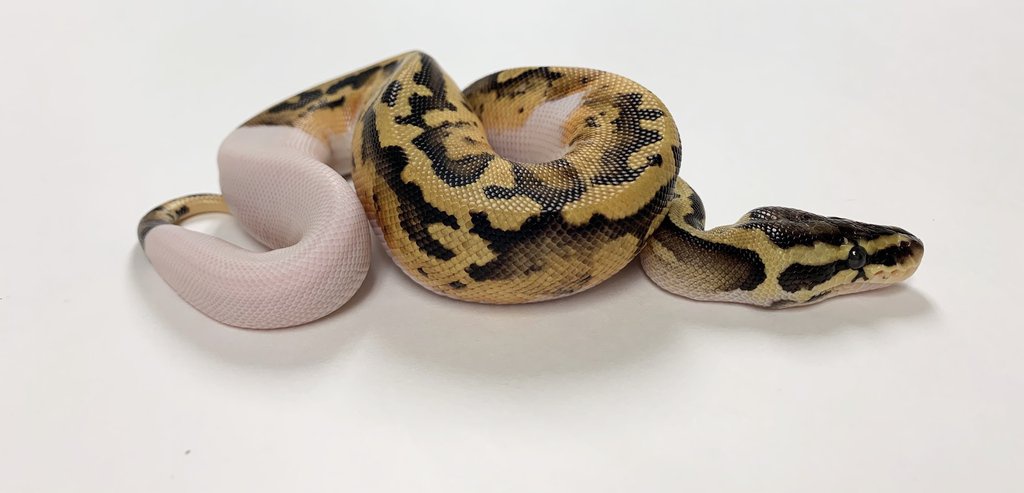
Pastel Enchi Pied Ball Python by BHB Reptiles
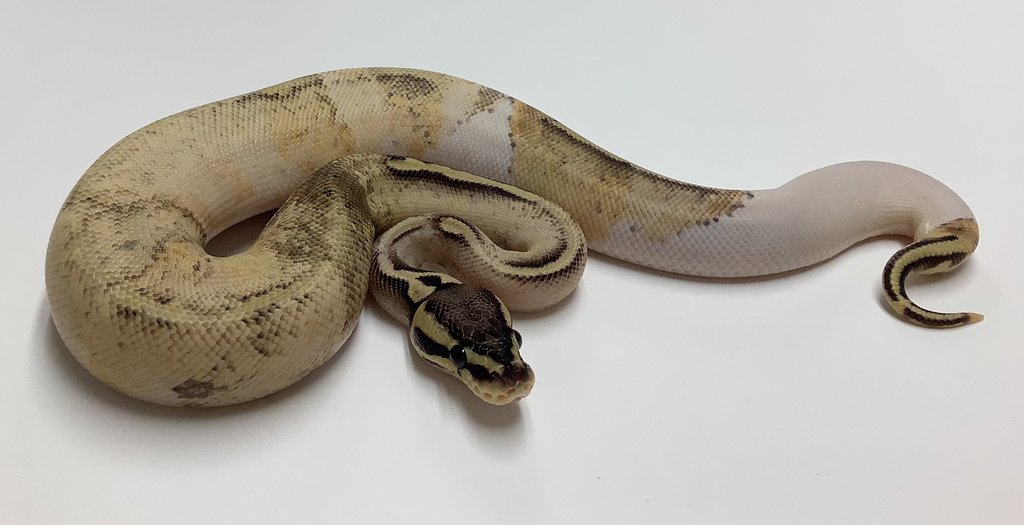
Killer Pied Ball Python by BHB Reptiles
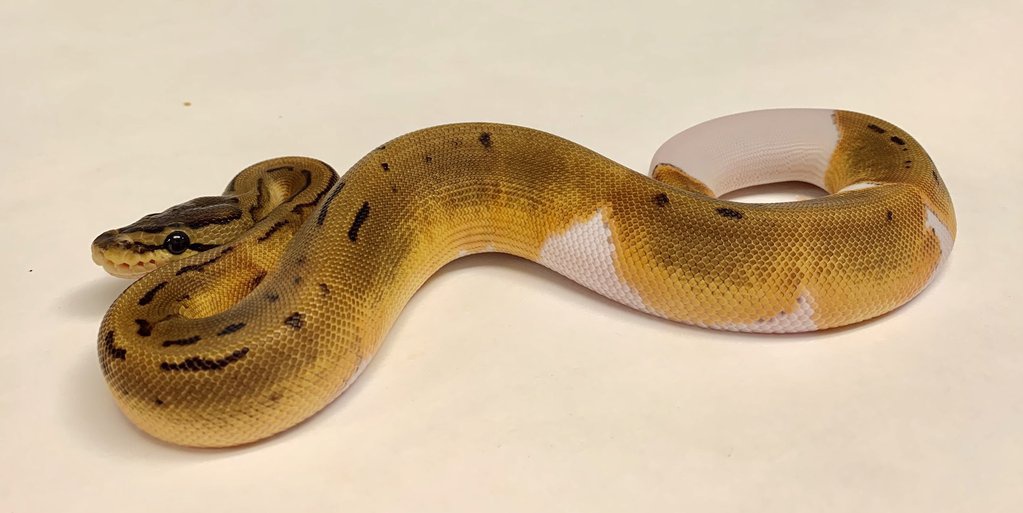
Pinstripe Pied Ball Python by BHB Reptiles
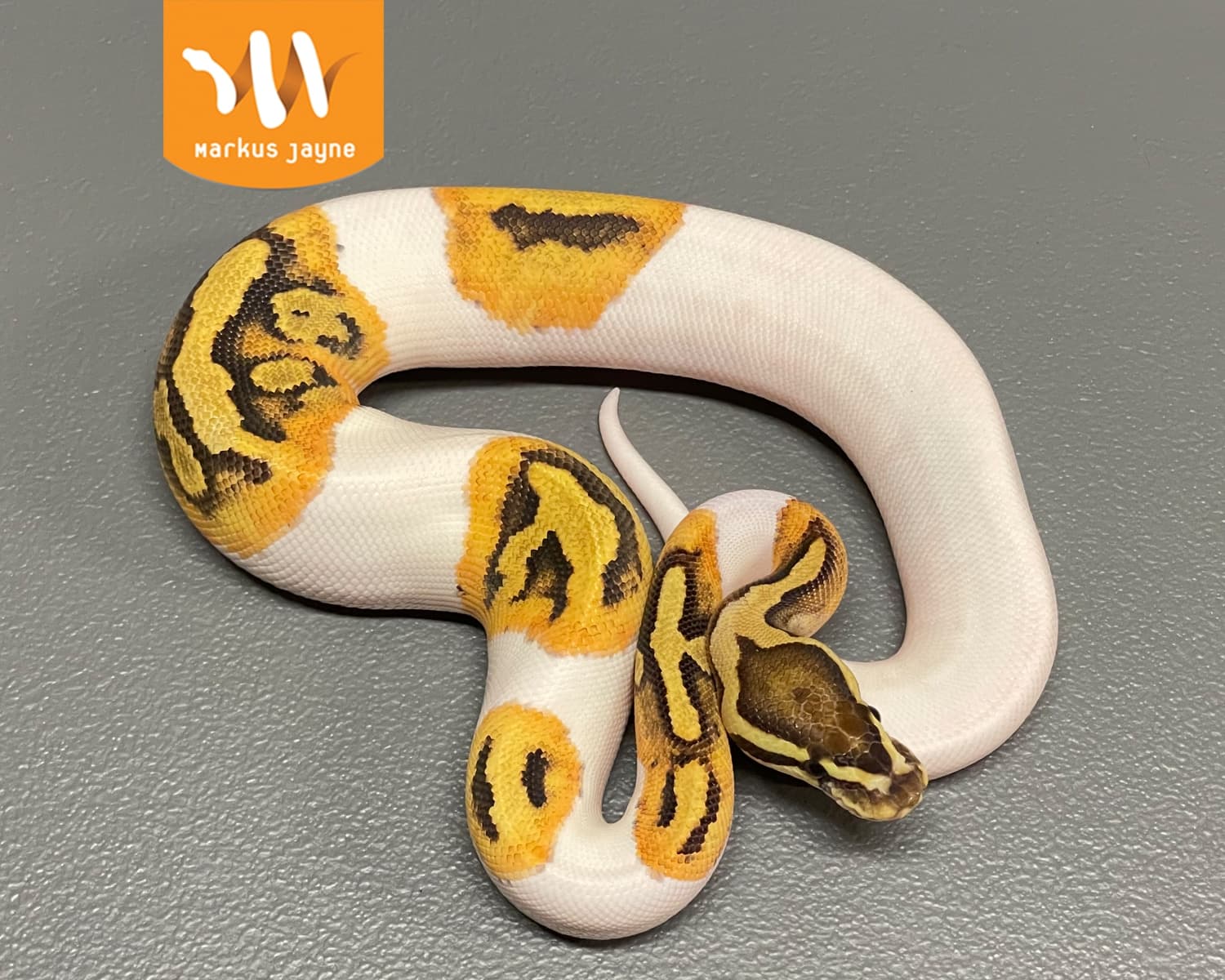
Piebald Fire Ball Python by Markus Jayne Ball Pythons
